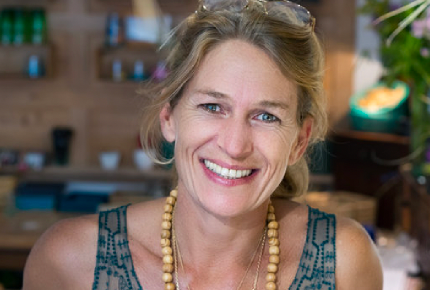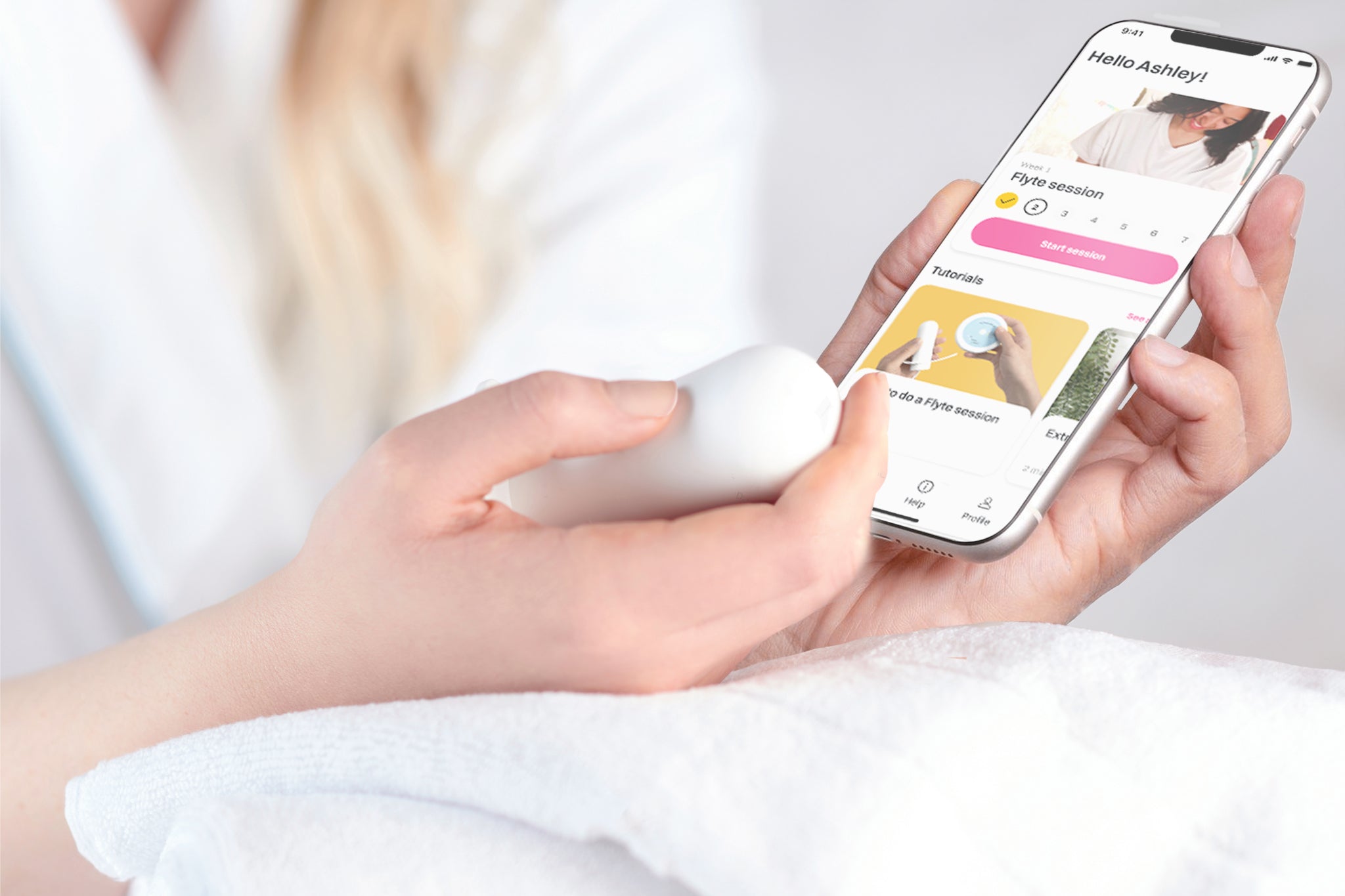
Surgical-level results. Without surgery.
Clinically proven to treat stress urinary incontinence.
Treat the cause, not the symptoms
Flyte® is the only at-home intravaginal device that delivers the proven therapeutic treatment modality of mechanotherapy to treat stress urinary incontinence and strengthen the pelvic floor. Flyte® is the first and only treatment of its kind.
How Flyte works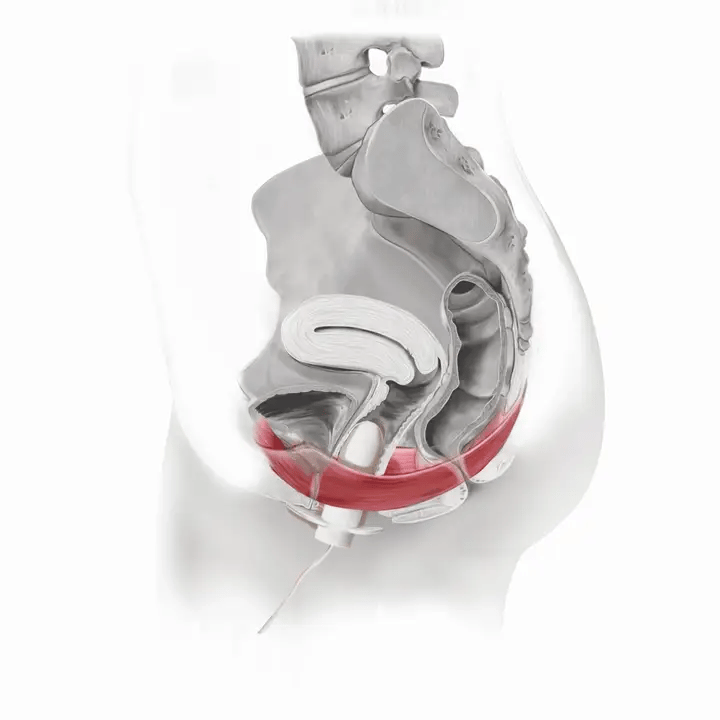

Patient Supported
"I used to have bladder leaks EVERY time I exercised, sneezed, coughed, etc. Now, I have very little to no leakage. This is life changing!" - Lisa, Flyte user

Clinically Proven
82% of women were continent in 6 weeks

FDA Cleared
Flyte® is FDA cleared and is backed by over 20 years of research and development including rigorous clinical studies.

Recommended by Healthcare Providers
"Definitely consider this FDA-cleared Flyte therapy as an alternative to surgery." - Dr. Nissirine Nakib, MD
Your Easy-to-Use Device & App with Expert PT Support
Join us on your journey with Flyte! Our Flyte System and Flyte App will guide you through each step of your treatment. Plus, enjoy complimentary access to our Doctors of Physical Therapy, ready to support you whenever you need.
You Get:
- Flyte System
- Flyte App access
- Complimentary access to our Doctors of Physical Therapy specialized in pelvic health for education and support
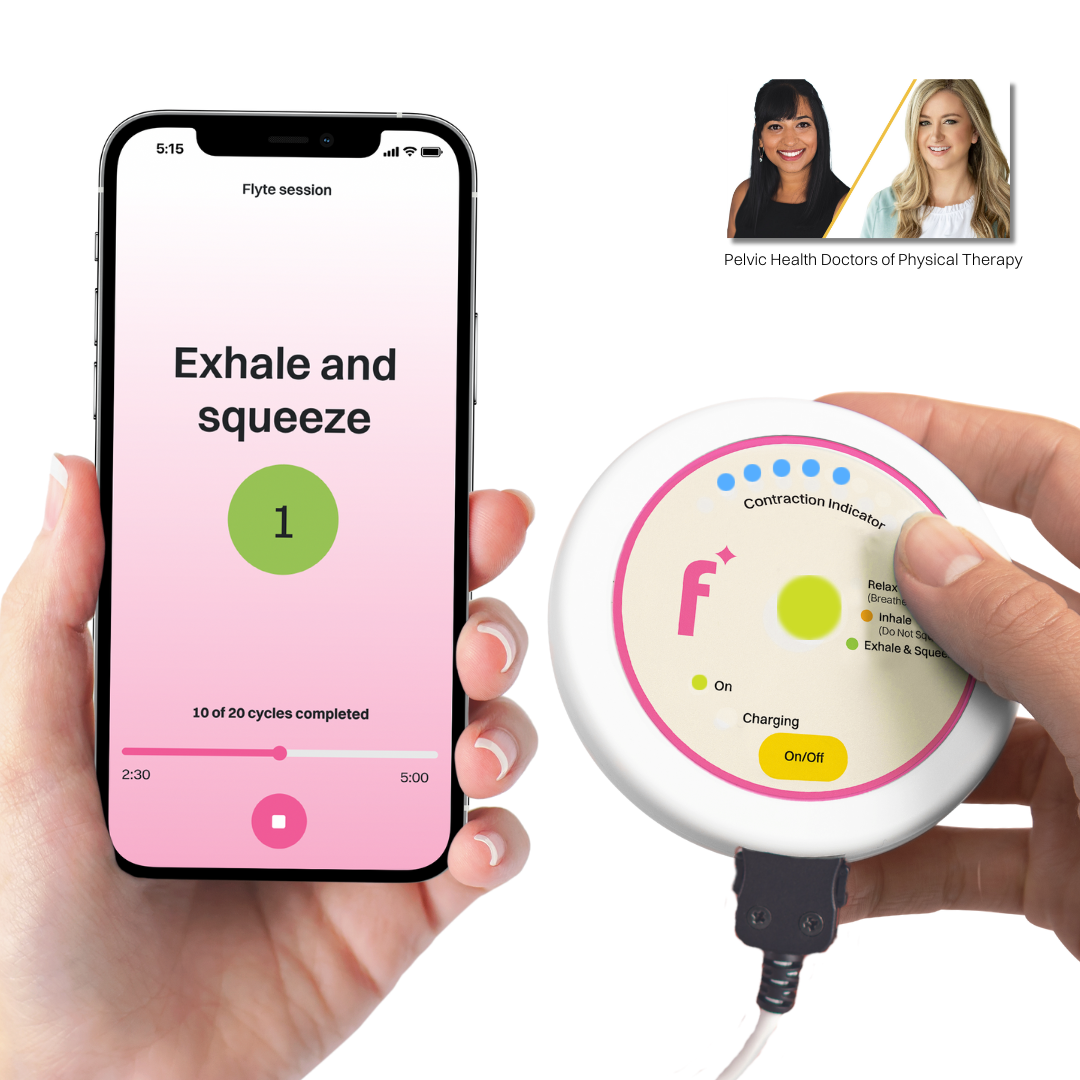
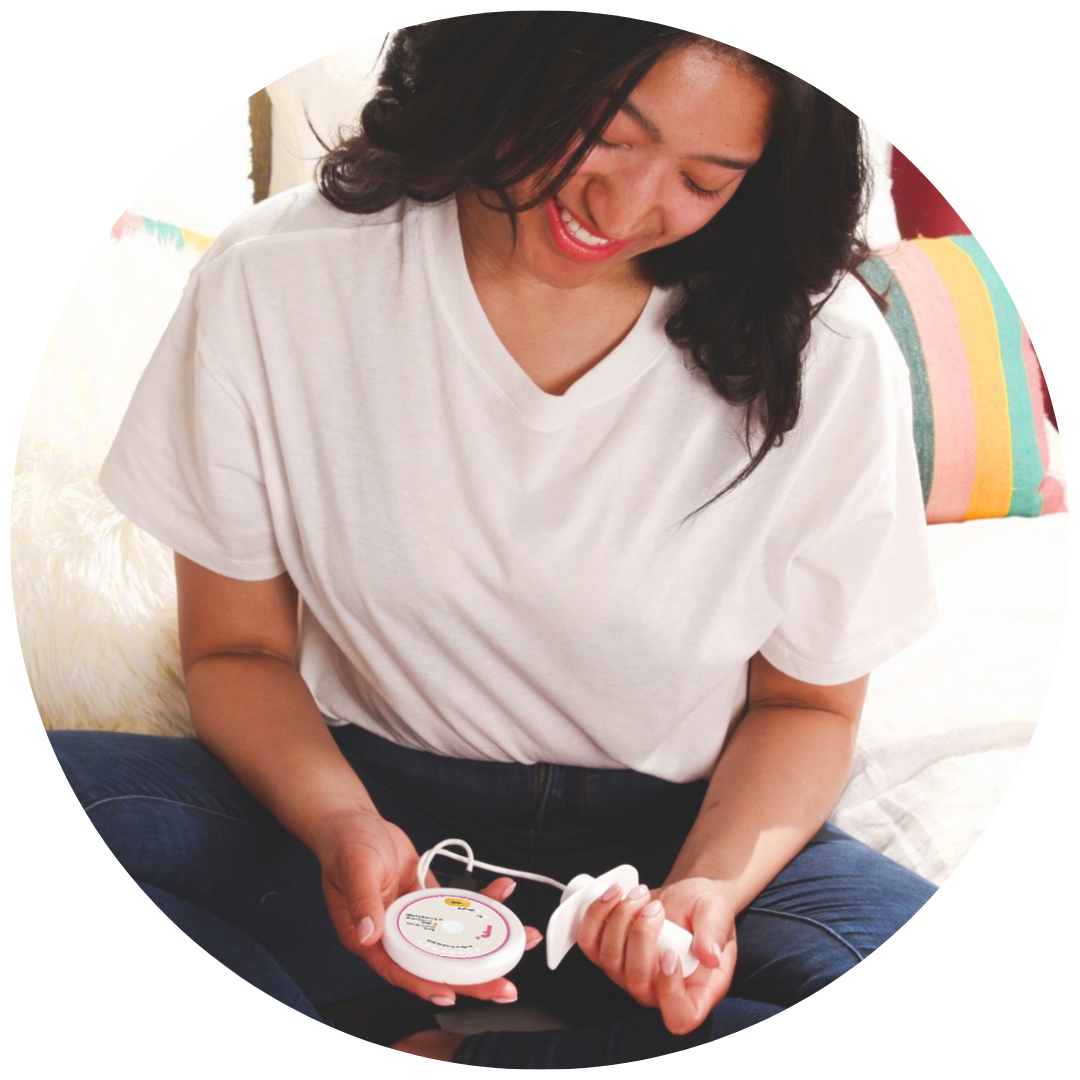
Easy to Use
Inserting Flyte is simple, like inserting a tampon. Each 5-minute session delivers a series of gentle mechanical oscillations while you contract and relax your pelvic floor.

Comfortable
The Flyte wand is covered in smooth medical grade silicone to make insertion comfortable.

Expert Support
Talk to a Doctor of Physical Therapy pelvic health specialist to guide you through your journey to continence.
Evidence Backed
Flyte® was studied in patients with stress urinary incontinence (SUI) in two key studies including a 60 patient study in Norway and a 119 patient study in the U.S., one of the largest of its kind for an in-home SUI treatment. Both studies used the objective measure of pad weight as the primary outcome measure. Both studies also looked at quality of life and long-term durability (whether the treatment lasts even after you stop using Flyte).
The ScienceHear Flyte's CEO, Lydia Zeller, Discuss Flyte's Life-Changing Benefits
What Women are Saying
From the blog
View all1. Nilsen I, Rebolledo G, Acharya G, Leivseth G. Mechanical oscillations superimposed on the pelvic floor muscles during Kegel exercises reduce urine leakage in women suffering from stress urinary incontinence: A prospective cohort study with a 2-year follow up. Acta Obstet Gynecol Scand. 2018 Oct;97(10):1185-1191. doi: 10.1111/aogs.13412. Epub 2018 Aug 2. PMID: 29923602.
2. Labrie J, Berghmans BL, Fischer K, Milani AL, van der Wijk I, Smalbraak DJ, Vollebregt A, Schellart RP, Graziosi GC, van der Ploeg JM, Brouns JF, Tiersma ES, Groenendijk AG, Scholten P, Mol BW, Blokhuis EE, Adriaanse AH, Schram A, Roovers JP, Lagro-Janssen AL, van der Vaart CH. Surgery versus physiotherapy for stress urinary incontinence. N Engl J Med. 2013 Sep 19;369(12):1124-33. doi: 10.1056/NEJMoa1210627. PMID: 24047061.
3. Yao J, Tse V. Twenty-Five Years of the Midurethral Sling: Lessons Learned. Int Neurourol J. 2022 Jun;26(2):102-110. doi: 10.5213/inj.2142086.043. Epub 2022 Jun 30. PMID: 35793988; PMCID: PMC9260325.
4. Rogo-Gupta L, Baxter ZC, Le NB, Raz S, Rodríguez LV. Long-term durability of the distal urethral polypropylene sling for the treatment of stress urinary incontinence: minimum 11-year followup. J Urol. 2012 Nov;188(5):1822-7. doi: 10.1016/j.juro.2012.07.033. Epub 2012 Sep 19. PMID: 22999687.
5. Nakib N, Sutherland S, Hallman K, Mianulli M, R Boulware D. Randomized trial of mechanotherapy for the treatment of stress urinary incontinence in women. Ther Adv Urol. 2024 Feb 6;16:17562872241228023. doi: 10.1177/17562872241228023. PMID: 38328552; PMCID: PMC10848796.



















